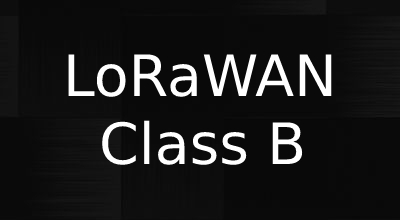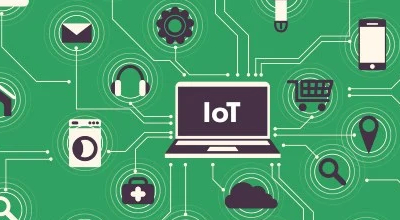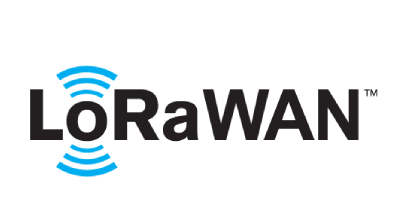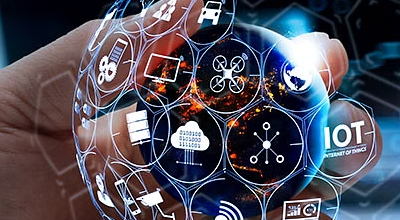
LoRaWAN Cutting Edge Environmental Monitoring Technology
LoRaWAN is a cutting-edge technology that is revolutionizing the way we monitor and protect the environment. With its low-power, wide-area network capabilities, LoRaWAN allows for the deployment of sensor networks that can accurately and continuously monitor a variety of environmental factors such as temperature, humidity, air quality, and more.
One of the key advantages of LoRaWAN is its low power consumption. This means that sensors can operate for extended periods of time without the need for frequent battery replacements. This not only saves time and resources, but also reduces the environmental impact of the monitoring process.
In addition to its low power consumption, LoRaWAN is also highly scalable. This makes it ideal for large-scale environmental monitoring projects, as it allows for the deployment of hundreds or even thousands of sensors without the need for expensive infrastructure.
One of the main applications of LoRaWAN in environmental monitoring is in the measurement of air quality. Sensors equipped with LoRaWAN technology can continuously monitor the concentration of pollutants in the air, such as particulate matter, volatile organic compounds, and carbon dioxide. This information is then transmitted to a central database, where it can be analyzed and used to identify patterns and trends in air quality.
LoRaWAN can also be used to monitor water quality in rivers, lakes, and oceans. Sensors equipped with Lorawan technology can continuously measure factors such as pH, temperature, and dissolved oxygen, and transmit this information to a central database for analysis. This can help identify potential problems, such as pollution or over-fertilization, and allow authorities to take timely action to mitigate their impact on the environment.
In addition to its applications in air and water quality monitoring, LoRaWAN can also be used to monitor soil conditions. Sensors equipped with LoRaWAN technology can measure factors such as soil moisture, pH, and nutrient levels, and transmit this information to a central database for analysis. This can help farmers optimize their irrigation and fertilization practices, leading to more efficient use of resources and reduced environmental impact.
Overall, LoRaWAN is a powerful tool for environmental monitoring, providing accurate, real-time data on a wide range of environmental factors. Its low power consumption and scalability make it ideal for large-scale projects, and its ability to transmit data over long distances allows for the deployment of sensors in even the most remote locations. As a result, LoRaWAN is playing a vital role in protecting and preserving the environment for future generations.



